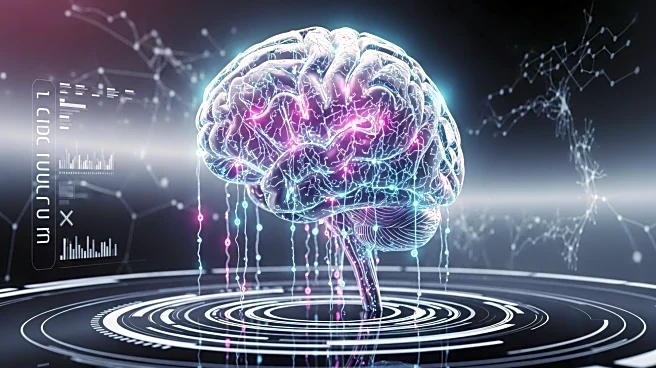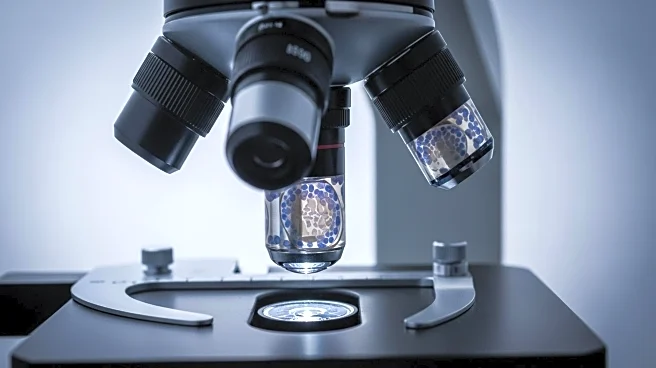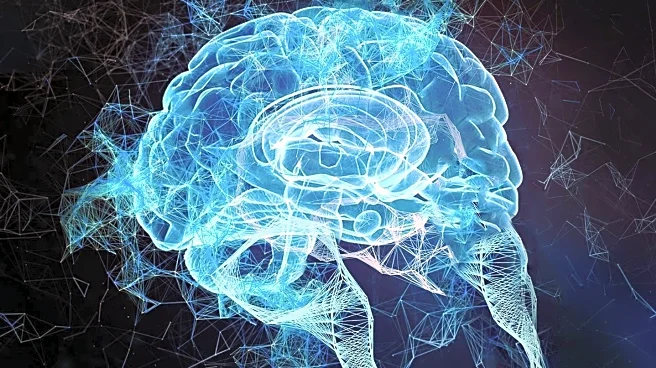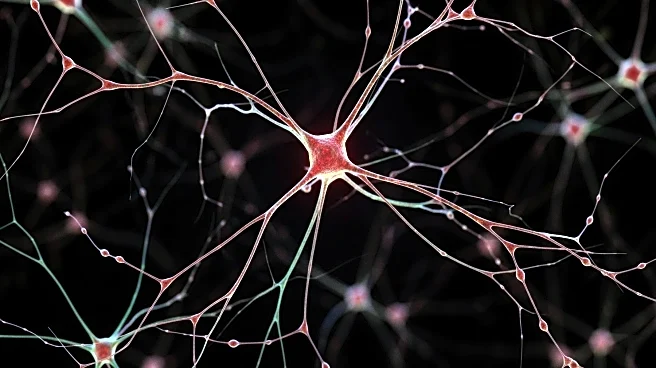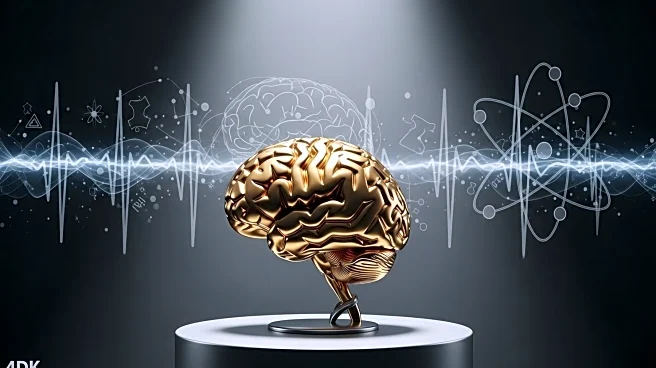What is the story about?
What's Happening?
Researchers at BGI-Research have developed a new method called Stereo-seq V2, which enhances the precision of RNA mapping, allowing scientists to visualize gene expression with unprecedented detail. This technique, presented in the journal Cell, aims to study preserved brain tissue at the cellular level, potentially offering insights into the biological foundations of intelligence. The method could be applied to historical samples, such as Albert Einstein's brain, to explore how RNA behavior may have contributed to his cognitive abilities. The technique's high efficiency is particularly valuable for examining degraded samples, which have historically posed significant challenges for researchers.
Why It's Important?
The development of Stereo-seq V2 is significant as it opens new avenues for understanding the molecular underpinnings of intelligence and cognitive function. By potentially allowing scientists to analyze preserved brain tissues, this method could lead to breakthroughs in diagnosing and treating rare diseases. Moreover, it could provide a deeper understanding of neurological patterns and development, which might redefine what it means to be a genius. While the primary focus is on medical applications, the broader implications for cognitive science and the study of intelligence are substantial, potentially impacting educational and psychological fields.
What's Next?
The researchers plan to use Stereo-seq V2 primarily for medical applications, focusing on improving diagnostics and treatment for rare diseases. However, if suitable preserved brain tissue, such as Einstein's, becomes available, the team may apply the method to explore the molecular basis of his cognitive abilities. This could lead to further studies on other historical brain samples, provided they are accessible and in a condition suitable for analysis. The scientific community may closely monitor these developments, as they could influence future research directions in neuroscience and cognitive science.
Beyond the Headlines
The potential to analyze historical brain samples with Stereo-seq V2 raises ethical and scientific questions about the nature of intelligence and the factors contributing to it. While the method does not claim to identify a genetic key to genius, it challenges existing notions by suggesting that intelligence may be influenced by complex molecular interactions. This could lead to a reevaluation of how intelligence is measured and understood, impacting educational policies and societal perceptions of cognitive abilities.
AI Generated Content
Do you find this article useful?
